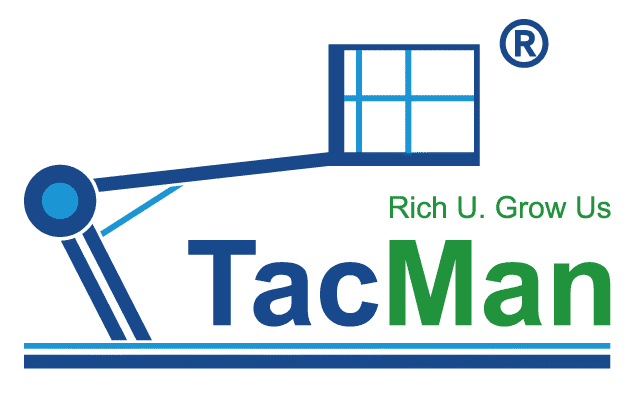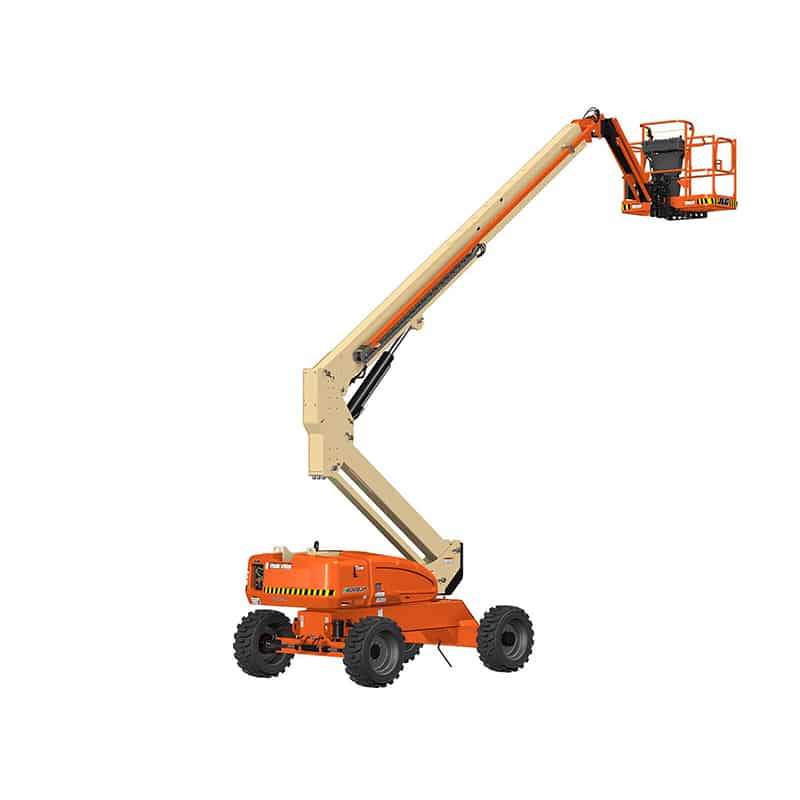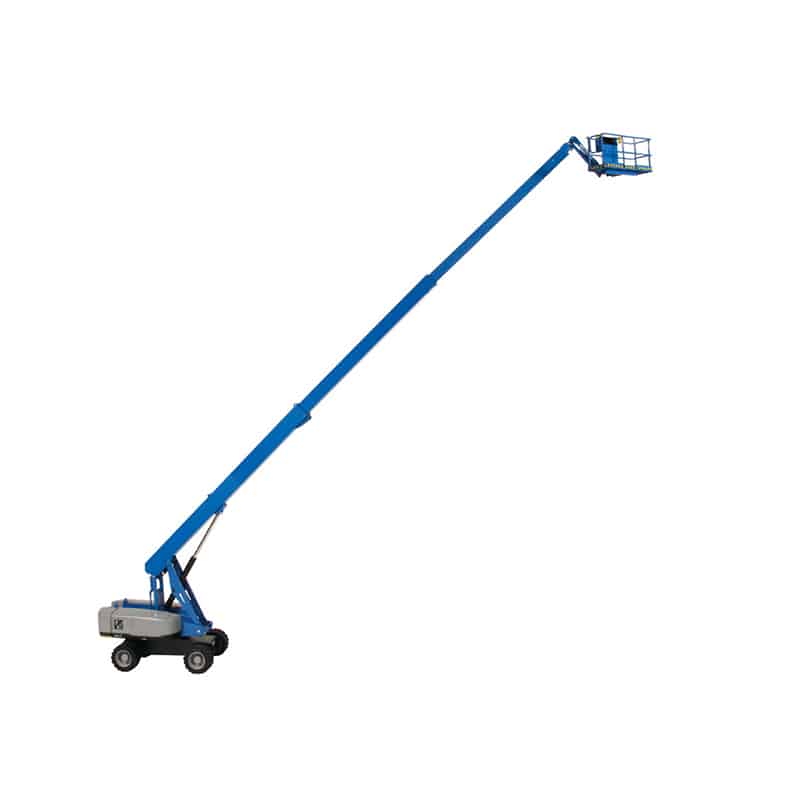What is the Jib on Boom lift?
Conception & Application
The Jib on the boom lift is the final transmission and load-bearing part of the force. The absolute force of the jib must be strong enough to maintain the stability of the high-altitude work vehicle. This can ensure that the work equipment does not shake or tilt during high-altitude operations, thereby ensuring the safety of workers and the accuracy of operations.
High-altitude work equipment is a specialized vehicle used to transport workers and equipment to designated sites for various operations. This type of equipment has high maneuverability and can quickly transfer and cover a wide area. Due to its convenience and flexibility, aerial work platforms are widely used in communication, municipal construction, fire rescue, building decoration, aerial photography, as well as shipbuilding, petroleum, chemical, aviation and other industries.
High-altitude work platforms have many advantages, including flexibility, quick transfer, wide-coverage, easy access and reach to work sites, and the ability to quickly put into work. These advantages make high-altitude work platforms an ideal choice for many industries to carry out high-altitude operations.
Difference both Booms & Jibs
Definition of the boom and jib of high-altitude work platforms
High altitude work platform is mechanical equipment that can lift a work platform to a high altitude. According to different structures, it is divided into two types: one is a large arm type boom in high-altitude work platforms that relies on the large arm boom for operation, and the other is a small arm type jibs in high-altitude work platforms that rely on the small arm jibs for operation.
The upper boom is a key component of an aerial work platform, which is the main supporting part for lifting the work platform to high altitude; The jib is usually used to assist in adjusting the position and angle of the work platform.
The structural difference between the upper and lower arms
1. Big arm in boom structure
The boom is the longest arm of aerial work platforms, usually composed of several telescopic sections, each of which is independent of the other and can be adjusted in length, allowing the aerial work platforms to reach different heights and distances under different working conditions.
At the same time, the upper boom also has a rotation function, which can rotate 360 degrees in the horizontal direction, making it convenient for the work platform to reach various positions.
2. Jib structure
The jib is an auxiliary part of an aerial work equipment, usually consisting of several telescopic sections that can be operated together with the upper boom. The most important function of the jib is to assist the work platform in fine-tuning, thereby achieving more precise operations and displacement. During the work process, the jib can usually be adjusted at the end of the upper boom for tool installation, disassembly, and other operations.
3. Differences in application between the upper boom and lower jibs
Boom are usually used to carry work platforms and carry out various high-altitude operations at high altitudes; The jib is used inside the work platform for fine operations such as repairing, disassembling, and installing machinery and equipment.
In short, high-altitude work platforms are mechanical equipment consisting of two parts: the upper boom and the lower jib. As the main supporting part, the upper booms bear the heavy responsibility of lifting the work platform to a high altitude.
The jibs serve as an auxiliary function, helping the work platform to make fine adjustments and achieve more precise operations and displacement. Only by fully understanding and mastering the difference between the upper boom and lower jibs of high-altitude work equipment can we better use the equipment, and improve work efficiency and safety.



